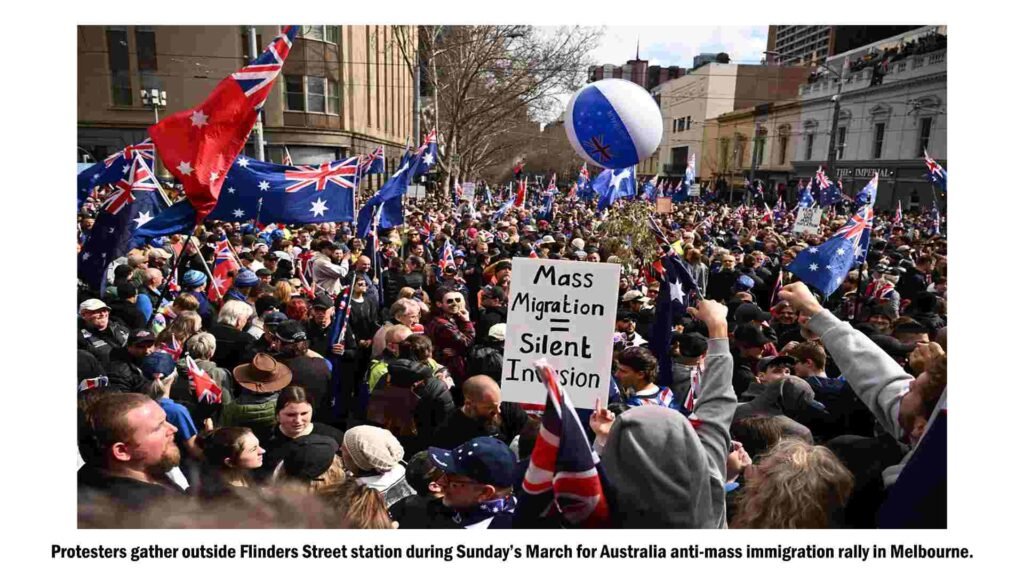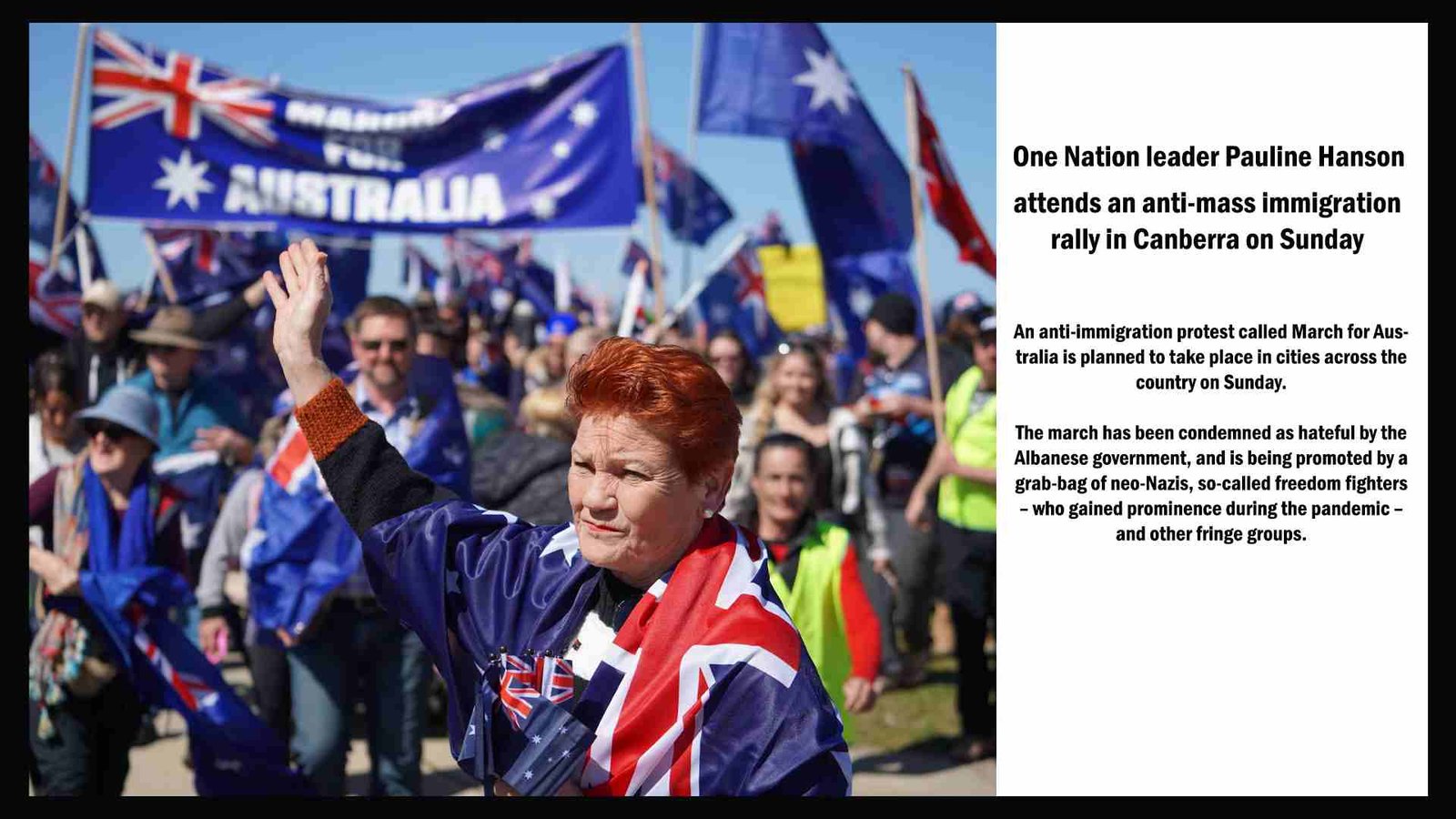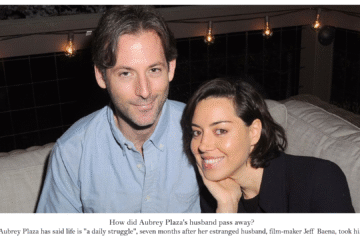The Australia immigration protest march drew thousands of participants across major cities nationwide, sparking heated debates about immigration policy and triggering strong condemnation from government officials. These coordinated rallies, organized under the “March for Australia” banner, have highlighted deep divisions within Australian society regarding current immigration levels and policies.
What Was the Australia Immigration Protest March About?
The Australia immigration protest march centered on calls for reduced immigration levels, with demonstrators arguing that current “mass immigration” policies are straining national resources. Protesters gathered simultaneously in multiple cities including Sydney, Melbourne, Brisbane, Adelaide, and Hobart, making their voices heard on what they consider a critical national issue.
Key Demands of the Protesters
Participants in the Australia immigration protest march focused on several core concerns:
- Reduction in immigration numbers during current housing and healthcare crises.
- Prioritizing Australian citizens in employment and resource allocation.
- Reassessment of current immigration policies to address infrastructure pressures National conversation about sustainable immigration levels
Mark Aldridge, one of the South Australian organizers, clarified that the movement wasn’t “anti-migration” but rather concerned about timing. He emphasized that with Australians struggling with housing shortages and hospital bed availability, the nation needs to “temper migration down” and have meaningful discussions about future immigration figures.
Government Response to Australia Immigration Protest March
Political leaders across the spectrum condemned the Australia immigration protest march, with several high-profile officials speaking out against the demonstrations.
State Leaders Speak Out

South Australian Premier Peter Malinauskas delivered particularly strong remarks, describing the march as representing a “minority view” that doesn’t reflect what most South Australians believe. He highlighted that 97.6% of South Australians have immigrant heritage, stating:
“The overwhelming majority of South Australians don’t just tolerate diversity and multiculturalism, we celebrate it. It’s part of who we are.”
Opposition Leader Vincent Tarzia also distanced himself from the protests, calling Australia “a great country of abundance for migrants” and urging people to remember that “much more unites us than divides us.”
Counter-Protests Emerge During Australia Immigration Protest March
The Australia immigration protest march faced significant opposition from counter-protesters who organized simultaneous demonstrations supporting multiculturalism and immigration. These counter-demonstrations occurred in every major city where the original protests took place.
Pro-Immigration Counter-Messages
Counter-protesters carried banners declaring “immigrants are the backbone of Australia” and displayed an array of national flags representing Australia’s diverse immigrant communities. Many labeled the original march as having racist undertones, directly challenging the protesters’ claims about being focused solely on policy rather than prejudice.
In Brisbane, heated exchanges occurred between the two groups at Roma Street Parklands, requiring heavy police presence to maintain order. Similar tensions arose in other cities, though most interactions remained peaceful despite the charged atmosphere.
Australia Immigration Protest March: Arrests and Incidents
While the Australia immigration protest march remained largely peaceful, several arrests occurred across different cities:
Adelaide Incidents:
- One 23-year-old man arrested for assaulting police
- Two 32-year-old men arrested for wearing disguises and failing to provide personal details
Sydney Arrests:
- One woman arrested for breaching the peace
Melbourne:
- At least one person arrested in the CBD, though specific charges weren’t immediately disclosed
Despite these incidents, police reported that the overall day remained relatively calm considering the size and scope of the demonstrations.
Political Figures at Australia Immigration Protest March
Federal MP Bob Katter made headlines by speaking at the Townsville rally during the Australia immigration protest march. His appearance was particularly notable given recent controversy surrounding his heated exchange with a Channel Nine journalist about his Lebanese heritage.
Addressing the crowd, Katter referenced the incident: “When someone started trying to divide us up into where you came from, I got very mad and a lot of people criticized me. But when I got off the aeroplane today everyone was cheering and clapping and waving their flags.”
Community Impact of Australia Immigration Protest March
The Australia immigration protest march revealed significant community divisions, with local residents taking opposing stances on the demonstrations.
Supporter Perspectives
Cheryl Mascall, a march supporter, emphasized that participants weren’t racists but simply “Australians who are proud to be Australian.” She expressed disappointment at the smaller turnout, hoping to see more “patriots” participate in the demonstration.
Opposition Voices
Kimberley Benjamin, representing counter-protesters, stated that the March for Australia rallies didn’t represent her town’s values. She emphasized their commitment to “make a stand for our community” regardless of the opposing demonstration across the street.
Immigration Policy Context Behind Australia Immigration Protest March
The Australia immigration protest march occurred amid ongoing national debates about immigration levels and their impact on Australian infrastructure and society. Current challenges cited by protesters include:
- Housing Crisis: Limited availability and affordability of housing across major cities.
- Healthcare Strain: Hospital bed shortages and extended wait times for medical services.
- Employment Competition: Concerns about job market saturation affecting Australian workers.
- Infrastructure Pressure: Public services struggling to meet increased demand
These concerns reflect broader anxieties about rapid population growth and its effects on quality of life for existing residents.
Media Coverage of Australia Immigration Protest March
The Australia immigration protest march received extensive media coverage across national and international outlets. Coverage focused on several key angles:
- The scale and coordination of the demonstrations.
- Government officials’ condemnatory responses.
- The presence and messages of counter-protesters.
- Arrest incidents and police responses.
- Community reactions from both supporters and opponents
This media attention has amplified the national conversation about immigration policy, though opinions remain sharply divided on the protesters’ message and methods.




